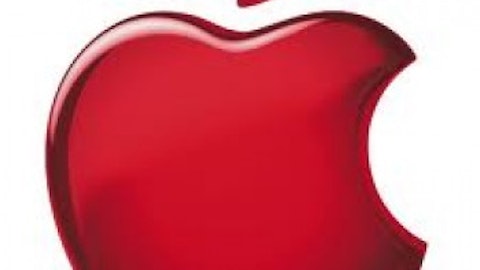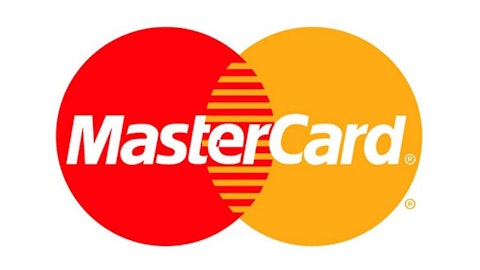On Emerging Markets and Pricing
Pricing is seen as a limitation for Apple in emerging markets, where the carrier subsidy model is not as popular as in the US, income levels are lower and the iPhone can be too expensive. But the company is working its way around that problem — the iPhone 4 and iPhone 4S are sold for aggressively low prices, and according to Cook there was not enough supply of iPhone 4 to meet demand in the last quarter.
Just like the iPod started at $399 and customers can now buy an iPod Shuffle for $49, the company is taking the same approach to the iPad and the iPhone. The company will always be positioned in the high end of the pricing spectrum in terms of competition, but that doesn’t mean that Apple products will necessarily be too expensive for emerging markets.
China is already Apple’s second biggest market, and it’s still a fantastic opportunity for the company in terms of growth: including retail sales, revenue was up 60% in the country during the last quarter. And that’s in spite of the fact that Apple has not still reached an agreement with the biggest Chinese carrier, China Mobile Ltd. (ADR) (NYSE:CHL), regarding the iPhone.
With more than 700 million customers, China Mobile could provide a considerable boost to Apple in China, and the carrier would benefit materially by gaining access to a product much desired by the growing Chinese middle class. Both companies have been in conversations for a long time, and Tim Cook last met with China Mobile’s Chairman Xi Guohua in January over “matters of cooperation.” Both Apple and China Mobile have a lot to gain from an agreement, so it sounds logical to assume one will be reached sooner rather than later.
Different Growth Venues
Apple is admittedly working on a new Apple TV, and Bloomberg has recently reported that the company has about 100 employees working on an iWatch. The possibilities are limitless when it comes to new products in the middle and long term, so there is no reason to discard new and disruptive innovations from the company. Only because Apple hasn’t launched any new mind-blowing product since the iPad in 2010, that doesn’t mean that innovation is over at Cupertino.
The iTunes store is now operating in more than 100 countries, and Asymco estimates that it generates nearly $12 billion in gross annual revenue. Asymco calculates that total revenues generated by iTunes have risen steadily in a range of 32% to 38% compounded over the last four years. As customers continue purchasing higher-priced products like eBooks and movies, and not only $1 songs, iTunes should deliver increased profitability over the next years.
The Apple store is not only a genius marketing move by the company, it’s also the most efficient retailer in the US in terms of sales per square foot, and it has plenty of opportunities for expansion, especially in international markets, which are still almost untapped by Apple stores. The Apple store is a great business in itself, and it also has very positive implications in terms of product sells and brand differentiation for the company.
Bottom Line
Growth should not be measured in terms of quarterly earnings evolution; it’s a matter of corporate culture, innovation and opportunities. Seen from that perspective, Apple is still a growth stock.
The article Apple is Still a Growth Stock originally appeared on Fool.com and is written by Andrés Cardenal.
Copyright © 1995 – 2013 The Motley Fool, LLC. All rights reserved. The Motley Fool has a disclosure policy.




